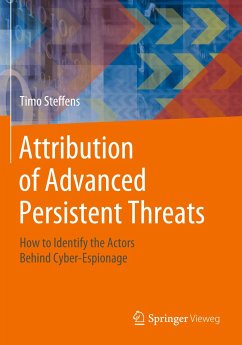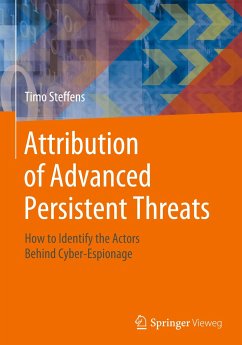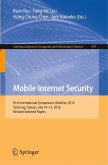An increasing number of countries develop capabilities for cyber-espionage and sabotage. The sheer number of reported network compromises suggests that some of these countries view cyber-means as integral and well-established elements of their strategical toolbox. At the same time the relevance of such attacks for society and politics is also increasing. Digital means were used to influence the US presidential election in 2016, repeatedly led to power outages in Ukraine, and caused economic losses of hundreds of millions of dollars with a malfunctioning ransomware. In all these cases the question who was behind the attacks is not only relevant from a legal perspective, but also has a political and social dimension.
Attribution is the process of tracking and identifying the actors behind these cyber-attacks. Often it is considered an art, not a science.
This book systematically analyses how hackers operate, which mistakes they make, and which traces they leave behind. Using examples from real cases the author explains the analytic methods used to ascertain the origin of Advanced Persistent Threats.
Attribution is the process of tracking and identifying the actors behind these cyber-attacks. Often it is considered an art, not a science.
This book systematically analyses how hackers operate, which mistakes they make, and which traces they leave behind. Using examples from real cases the author explains the analytic methods used to ascertain the origin of Advanced Persistent Threats.








